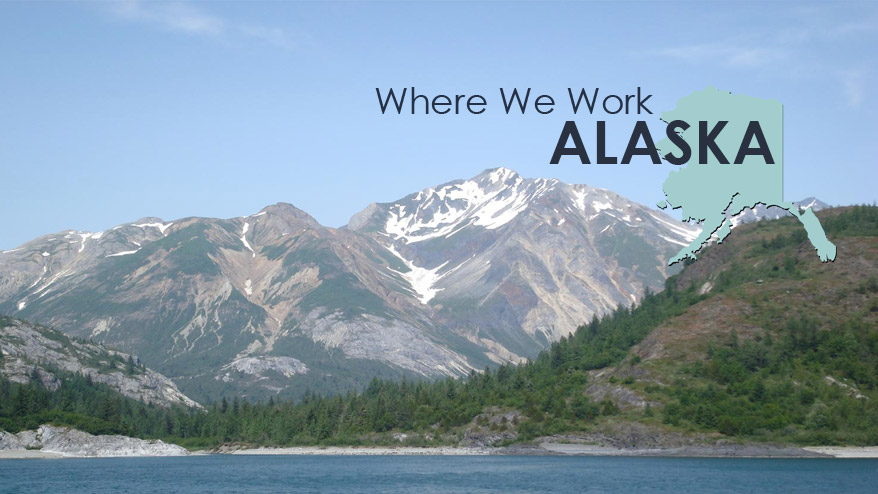Alaska
Shellfish Aquaculture is a small but growing industry in Alaska. Shellfish farming generated a farm-gate value of $525,000 in 2011, from 29 active farms. Major cultivated species include oysters, mussels and littleneck clams, and to a lesser extent, scallops, seaweed and sea cucumber. Alaska's aquacultured species are also harvested from the wild through managed commercial fisheries, generating $7 million a year from wild and farmed shellfish combined.
The State of Alaska Department of Fish and Game is the primary management authority for a majority of Alaska's fishery resources, including shellfish aquaculture. Tidal and subtidal land leases are managed by the Alaska Department of Natural Resources, Division of Mining, Land, and Water. To encourage Alaska's shellfish industry, the departments work together to offer 10-year aquatic farm leases in pre-approved "Over the Counter" (OTC) areas in marine waters of southcentral and southeast Alaska.
Most of Alaska's shoreline is undeveloped and sparsely populated, meaning anthropogenic pollution is not a problem in most areas. The rich, cold waters also reduce the risk of disease, and Vibrio related illness is generally not an issue for Alaska shellfish farmers. As with other West Coast states, however, Harmful Algal Bloom (HAB) events can still pose a risk to human health and result in the closure of shellfish beds.
Ketchikan, in southeastern Alaska, is home to a new shellfish research facility and eventual hatchery, the OceansAlaska Marine Science Center. The Center hosts research, development, demonstration, and training projects that aim to "jump-start the fledgling shellfish industry and help stabilize the economy of Alaskan coastal communities."
Shellfish seed sources remain a barrier to industry growth, with only five certified shellfish seed sources available from within the state, and three certified to ship from out-of-state (as of early 2013.) Currently, Pacific oysters are the predominant farmed species, and are the sole exception to Alaska's strict restriction for cultivating only indigenous species. Shellfish farmers report that Alaska oysters grow nearly as fast in Prince William Sound, the northernmost farming area in Alaska, as they do in most areas of Washington, British Columbia and Oregon.
ALASKA: Recent PSI Research and Outreach |
|
|
|
|
|
|
|
|
|













